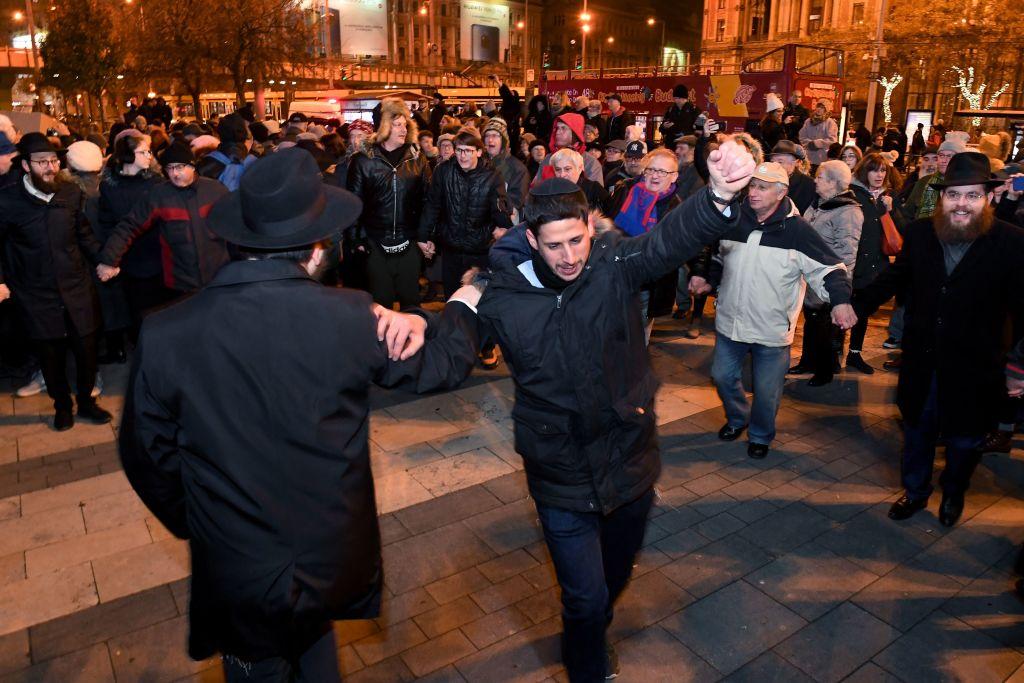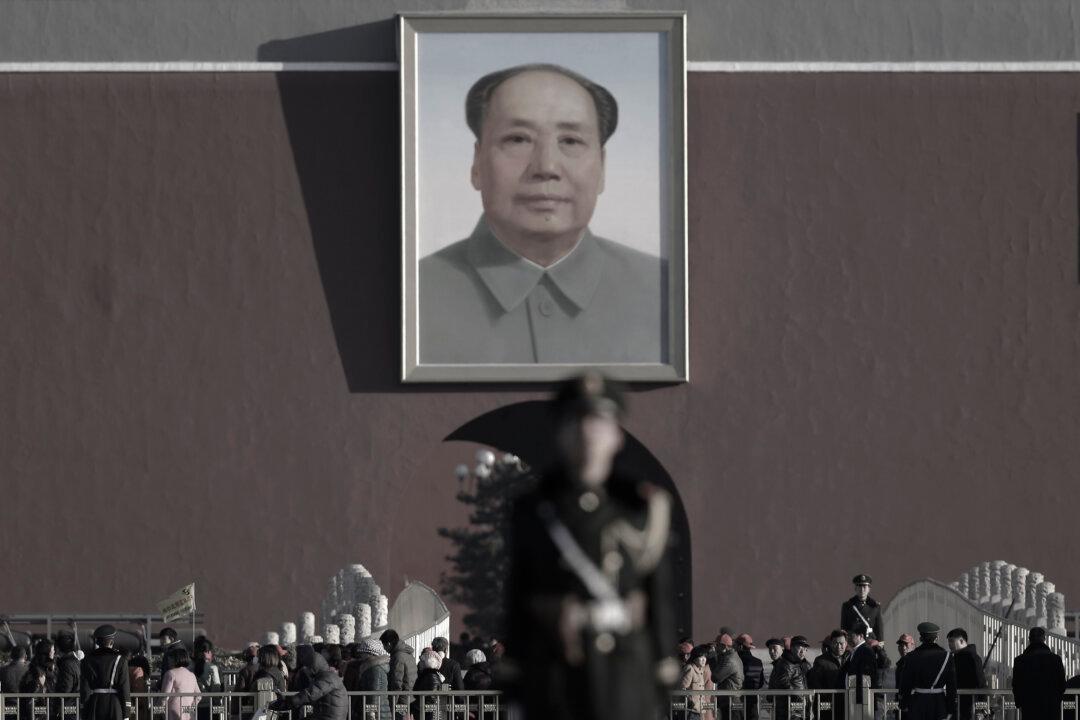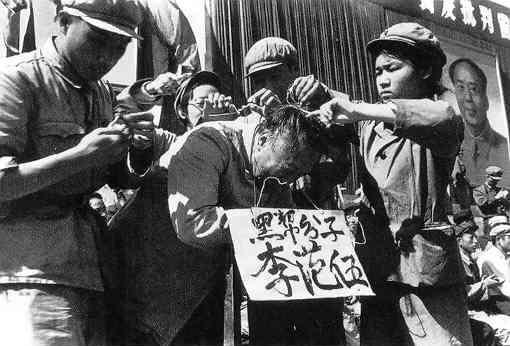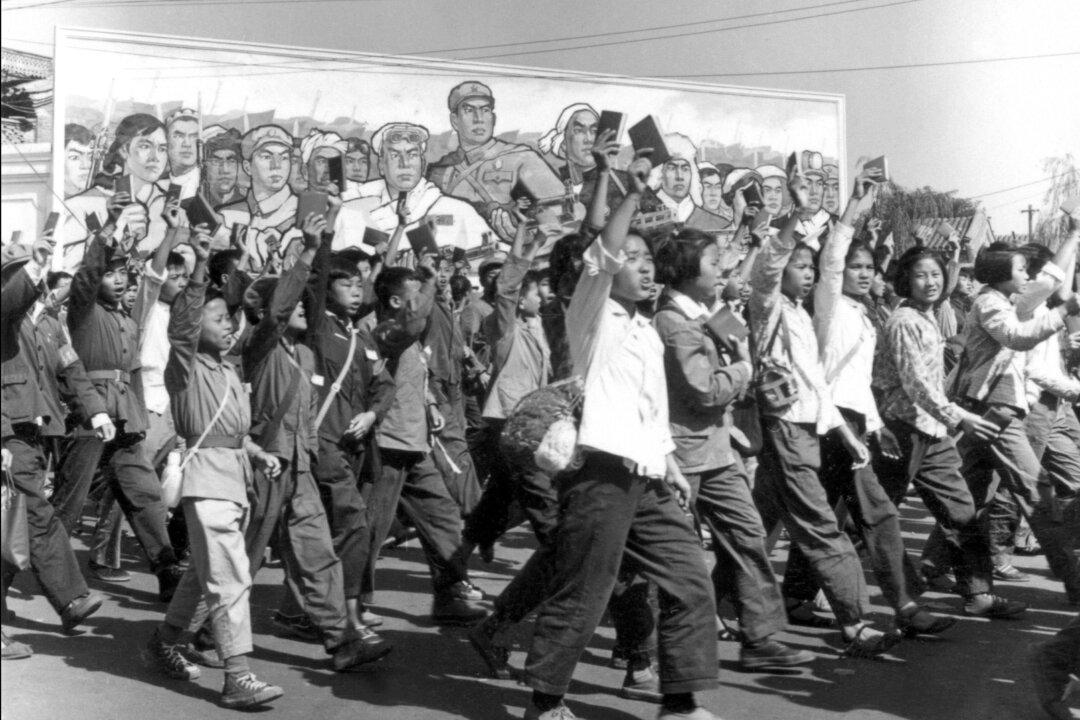Beginning on the night of Dec. 2, Hanukkah celebrates the Jewish war for independence in the second century B.C. Although many gentiles know about dreidel games and menorahs, the history is unknown to most gentiles and even some Jews.
The ignorance is surprising, since the books that tell the story, the first and second books of the Maccabees, are part of the Roman Catholic, Greek Orthodox, and Slavonic bibles. Although not canonical in the Jewish and Protestant traditions, the Maccabees story helped inspire the Jewish guerrillas who fought the Holocaust, Great Britain’s Glorious Revolution of 1688, and the American Revolution.





